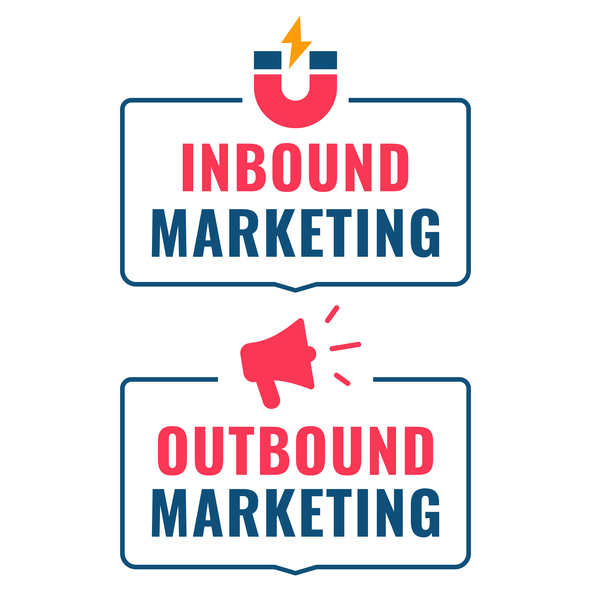
To connect with your target audience, some form of marketing is a necessity.
But not all marketing is created equal.
In today’s fast-moving digital world – where consumers and B2B decision-makers alike have more options than ever – inbound marketing is outperforming old-fashioned outbound methods.
If you’ve been reading about digital marketing, you’ve seen a lot of content in favor of inbound. But just what, exactly, are the differences between the two?
Let’s take a closer look:
Inbound Marketing
Inbound marketing is customer-focused. It emphasizes helpful, informative Web content that gives customers information they need to identify a problem, establish buying criteria, and choose the best solution to suit their needs.
Inbound marketing is intended to foster trust and rapport at every step of the buyer’s journey. You can align your different content pieces and initiatives to match various stages of the buyer’s journey, such as Awareness, Consideration, or Decision.
It can include:
Content Marketing
Content marketing is fundamental to inbound digital marketing. Everything from blog posts (awareness) to e-books (consideration) and visual content like videos fall under this umbrella.
Social Media
When used in a value-added way to amplify your content, social media is a strong component of a balanced inbound strategy. Of course, it can be misused in an interruptive, outbound-like way.
Email Marketing
Email marketing is perfect for cultivating a long-term relationship. It’s essential to remaining in consideration during long B2B sales cycles which could last for several months or quarters.
Paid Traffic
Paid traffic – including search and display – straddles the line between inbound and outbound. Used judiciously, it can drive targeted traffic to offers and accelerate the process of getting buys.
Outbound Marketing

Outbound marketing is the old-fashioned approach to marketing. It’s interruptive and even aggressive, focusing on making contact with a high volume of prospective customers. Since it doesn’t require much research about your prospects, you can reach more people faster – but those you make contact with are much less likely to pursue a long-term business relationship.
It can include:
Cold Calling
Cold calling involves making direct, unsolicited contact with a prospective buyer. It’s highly stressful for all involved and has a low success rate. Inbound has its own variant, warm calling, which requires researching your prospects and starting a conversation with them before the call.
Traditional Advertising
Everything from print ads to billboards to direct response mail and television advertising falls under this heading. Both B2B and B2C customers alike are always in search of new ways to avoid being exposed to these at all.
Whether they know it by this name, today’s customers have come to expect inbound marketing. Make it your focus and you’ll build strong, sustainable relationships with your target audience.
